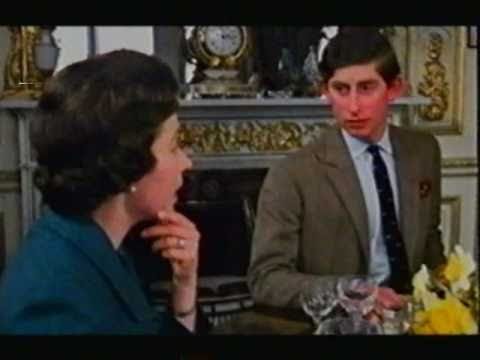The Documentary the Royal Family Doesn’t Want You to See
Much of the appeal of the English monarchy is their stature. Of course, that’s been a major source of resentment, as well. The royal family could never please both sides of the coin, and yet they attempted to do so in the late 1960s through a documentary titled, plainly, Royal Family. The film was produced and broadcast by both the BBC and ITV as a look…
Keep reading with a 7-day free trial
Subscribe to Nonfics to keep reading this post and get 7 days of free access to the full post archives.



